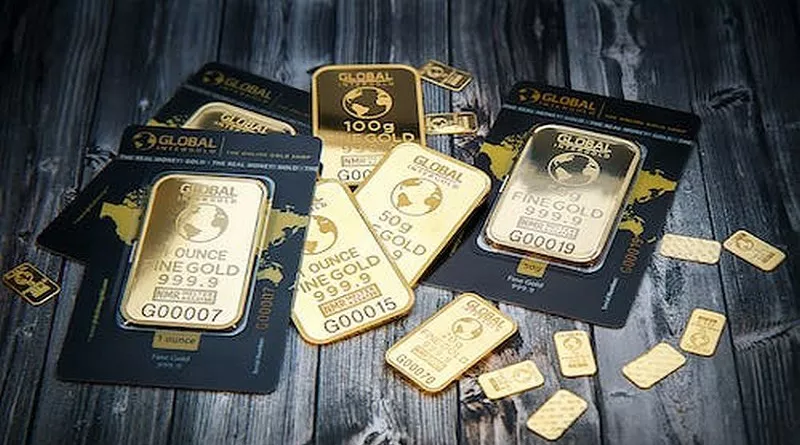Daniel Ghali, a commodity analyst at TD Securities, suggests that high gold prices are not aligning with the current market expectations for interest rate cuts and could be due for a significant correction. In a recent research note, he pointed out the discrepancies between gold’s price movements and the Federal Reserve’s evolving monetary policy stance.
Market Dynamics and Price Discrepancies
Ghali highlighted that recent price action in gold appears inconsistent with the Federal Reserve being “behind the curve.” He noted that the strong jobs report released last Friday represents a substantial challenge to the market’s expected rate-cut trajectory. “Rates markets have begun to notably reprice the Fed path, but gold prices have yet to be weighed down by liquidations,” he stated.
Despite these changes, gold remains supported by macro fund inflows, albeit at a slower pace. Ghali expressed surprise at the lack of substantial liquidations in the market, given that macro fund positioning is at its highest recorded levels, surpassing those seen following the Brexit referendum. He warned of elevated gap risk if the repricing of rates leads to a correction, yet no significant selling pressure has emerged, indicating that funds still favor betting on an “overly easy” monetary policy.
Geopolitical Tensions and Safe-Haven Demand
The threat of military confrontation between Iran and Israel has been a contributing factor to safe-haven inflows into gold, despite a softening demand in Asia. Ghali mentioned that while selling activity has been limited, top traders liquidated nearly 5 tonnes of gold last week. “This contrasts with Western investor sentiment, which remains robust,” he said.
For Western investors, concerns about inflation and currency debasement are key motivators for gold purchases. Ghali noted that worries surrounding monetary inflation are increasing, especially as the Fed’s response to economic conditions seems asymmetric. He anticipates a more measured normalization of monetary policy, which could challenge the current high positions in gold.
Real Prices and Market Conditions
Ghali pointed out that gold prices are already reaching levels not seen since the 1980s when adjusted for inflation. He observed that while macro fund positioning is extreme, central bank buying activity has slowed. Additionally, a lack of buying confidence in Asia could undermine a critical demand driver for gold.
Ghali has consistently urged caution in the precious metals market, warning that the gold market appears overbought. He suggested that prices could slide by $200 or more per ounce, stating, “I absolutely think there’s risk,” regarding the $2,500 gold price point.
Future Outlook and Buying Strategy
Ghali indicated that the current outlook priced into the markets is markedly different from the past few months. He believes that capital should be directed toward more productive uses in a “soft landing” scenario, which contradicts the current high gold pricing. He suggested that a reasonable target price for re-entering the gold market would be closer to $2,300, given that historically stretched positioning has led to a 7% to 10% drawdown in prices.
As of Tuesday morning, gold prices continued to exhibit volatility, with spot gold dipping to $2,628.60 per ounce before rebounding to a session high of $2,653.11. This fluctuation reflects ongoing uncertainty and the interplay of macroeconomic factors influencing gold’s price trajectory.
You Might Be Interested In
- Russia Eyes Strategic Replenishment of Precious Metals Reserves Amid Global Demand Surge
- Gold Prices Steady Amid Geopolitical Tensions
- Gold Market Faces Growing Downside Risks Amid Record Highs


